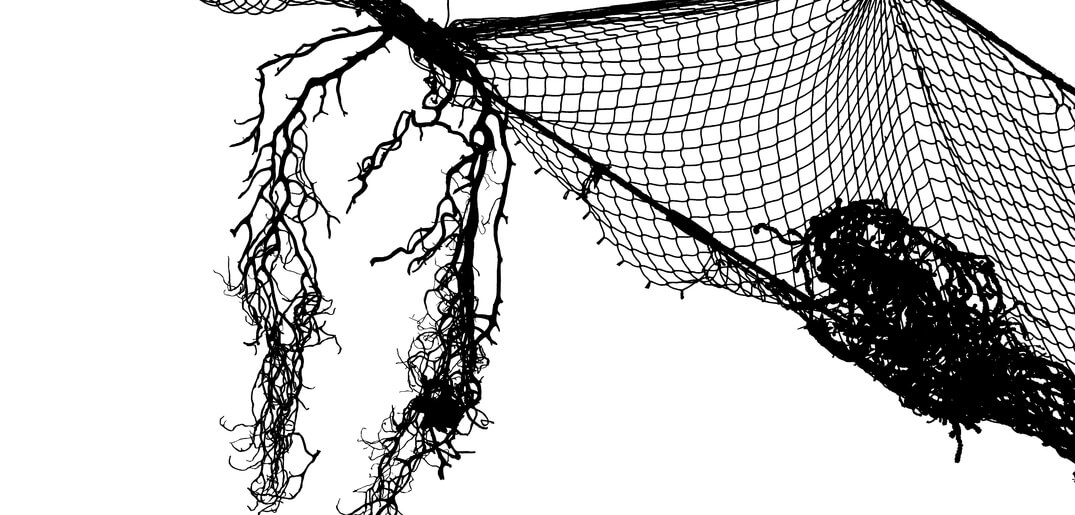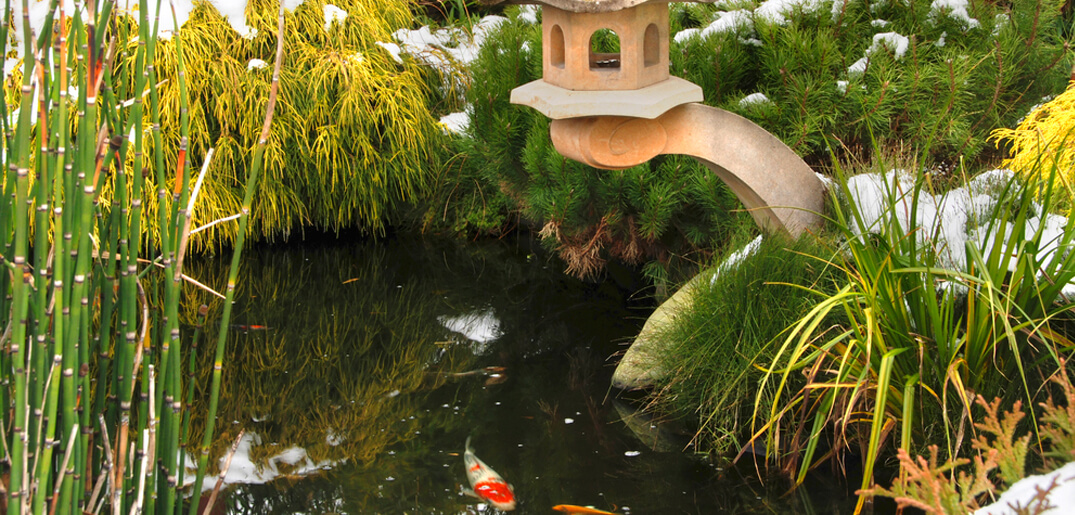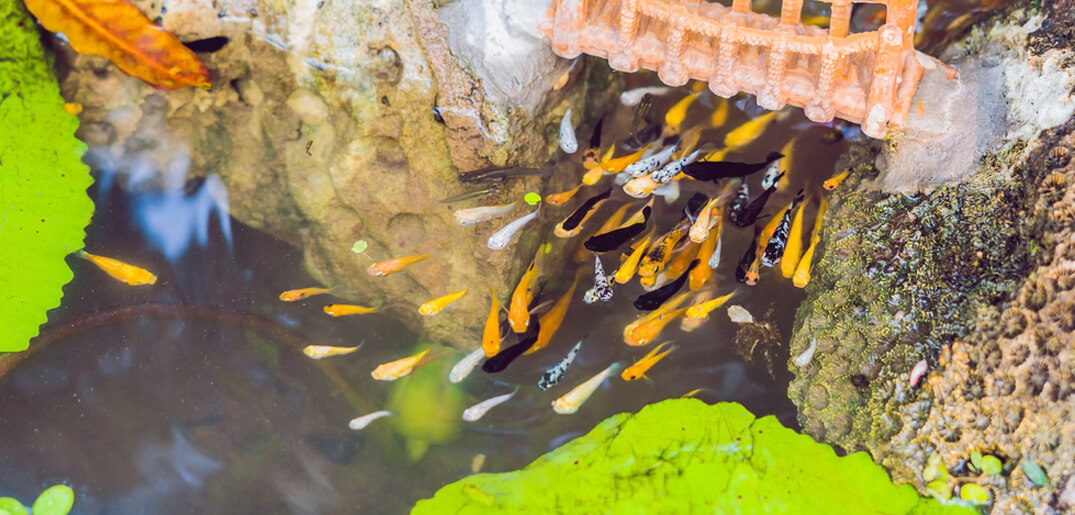
Anyone who owns and operates a pond for any meaningful period of time will eventually run into problems with string algae. The methods for controlling it will vary depending on the algae type, but below are some tips for removing string algae that don’t require the usage of harsh chemicals.
Where Does String Algae Come From?
The string form of algae is a species which is filamentous and will attach itself to plants. It can be found suspended from rocks near waterfalls, and will sometimes reside on surface water. The term “string” is a reference to the extensive strands that mix together to create mats which are thick and which are capable of multiplying their weight within days.
Aside from being ugly and unsightly, there are real dangers associated with this type of algae. When large amounts of it are present within a pond the oxygen content will decline, which can be problematic as fish depend on it and string algae also contributes to lower water quality which can compromise the health of fish.
What Causes String Algae To Spread?
There are a number of things which can promote the growth and spread of this type of algae. To determine the underlying cause, you will first want to test your pond water. If you detect phosphorous or pH levels which are unusually high, these could be a cause, but others include the stocking of too many koi, the presence of foreign materials such as concrete which is untreated or rocks that have limestone, or fertilizers which are leaking into the water. Another common cause of string algae is the presence of excessive iron levels, as well as grass clippings which enter the water from lawn mowing.
A common mistake made by novice fish owners is to over feed them. When this happens, a lot of the food will remain un-eaten and float around the pond, which increases the nutrient levels within the water. This can also contribute to the growth of algae.
How To Get Rid Of It
There are multiple steps involved, which can take as long as twenty days or more. The first is to physically removing the algae by scooping it up. Next, you will want to employ good bacteria in order to ensure the remaining algae are completely eradicated. Removing algae which is situated near waterfalls can be difficult however since the water there tends to move faster.
Once the algae have been physically removed, you will next want to treat the water. While some will suggest making use of algaecides which use copper, this is not recommended since the chemicals they employ could prove harmful to either your fish or plants, even if the manufacturer claims otherwise. Furthermore, any product which kills off algae too fast could create additional problems such as oxygen depletion. The best solutions are those which are natural, such as enzymes or bacteria which will make the removal process faster.


 Blog
Blog


